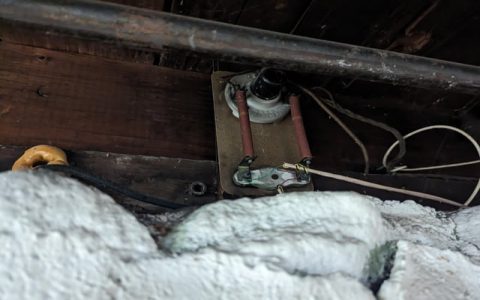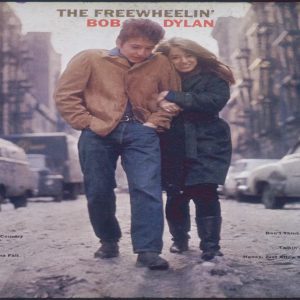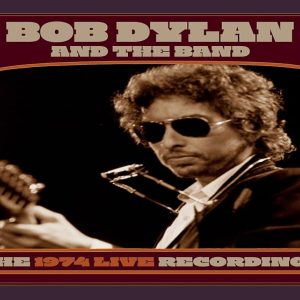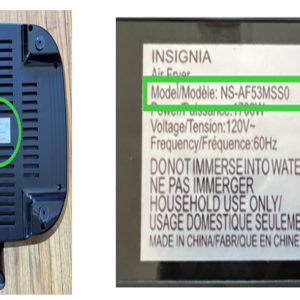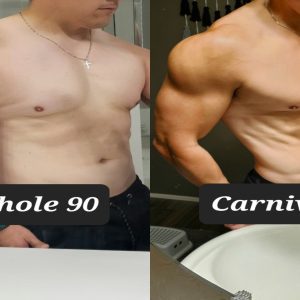Traditional landline phones, often called POTS (Plain Old Telephone Service) phones, relied on a simple, robust system primarily using copper wires.
The Core Functionality: The Local Loop
At its heart was the local loop: a dedicated pair of copper wires (tip and ring) connecting your phone directly to your local telephone exchange (central office).
- DC Power: The exchange constantly supplied -48V DC power over the copper pair. This powered the phone's basic electronics, ringer, and microphone/speaker circuitry.
- Signaling (Loop Start): When you took the phone "off-hook" (lifted the handset), a switch closed inside the phone, completing the electrical circuit ("closing the loop"). This drew current from the exchange, signaling it you were ready to make a call. Dialing used pulses (rotary) or tones (DTMF - Dual-Tone Multi-Frequency) generated by the phone.
- Ringing: An incoming call triggered the exchange to send a high-voltage (~90V AC), low-frequency (~20 Hz) alternating current signal over the line, causing the phone's electromagnetic bell to ring.
- Sound Conversion: The handset contained a carbon microphone (or later electret) to convert sound into varying electrical resistance (and thus current) for transmission. The receiver contained an electromagnet and diaphragm to convert incoming electrical signals back into sound.
Wiring Within the Home: Inside Wiring
Internal house wiring used cables containing multiple copper pairs, typically wired in a star configuration:
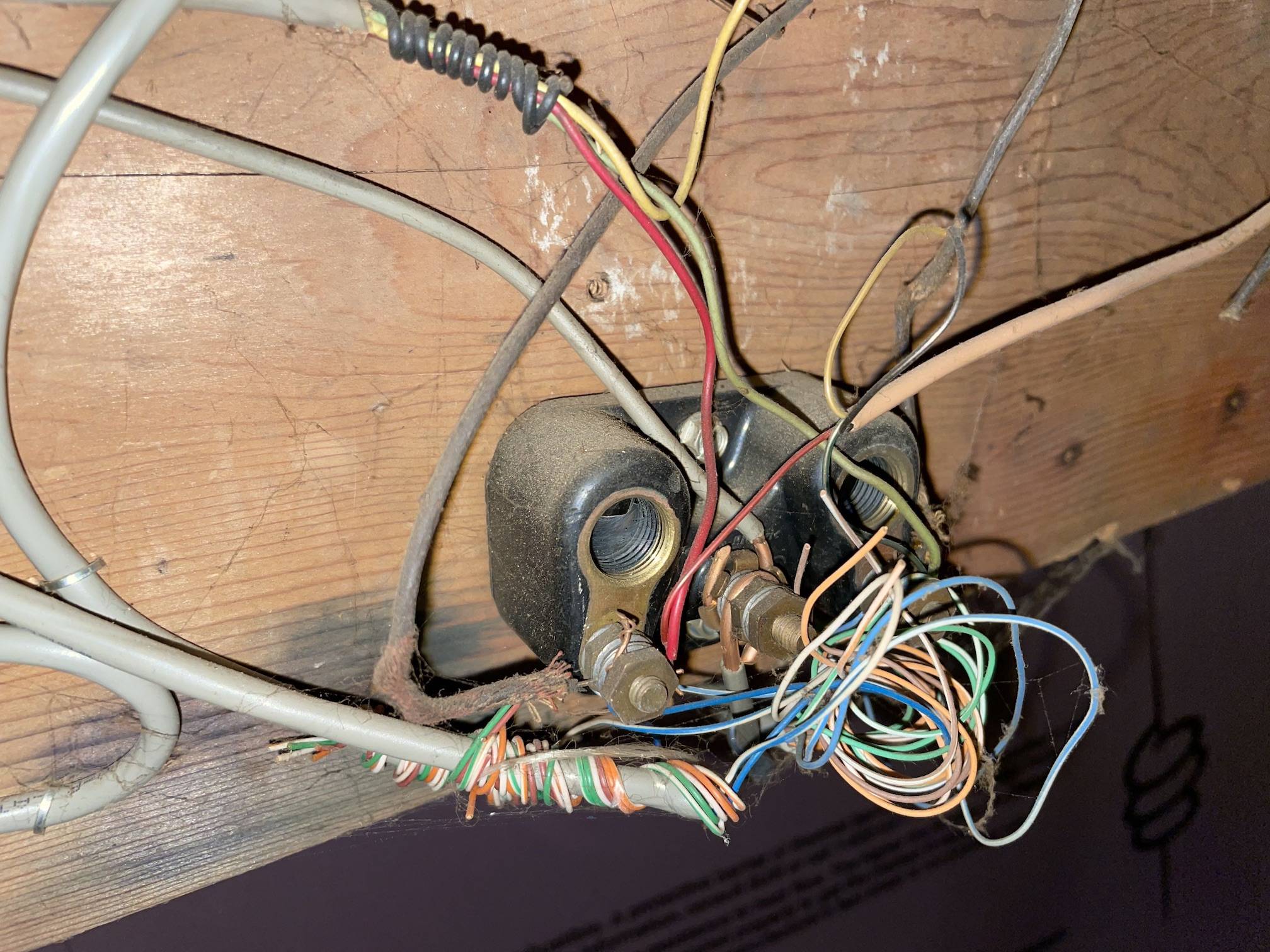
- Demarcation Point: The service entered the home at a demarc (Network Interface Device - NID), marking the boundary between provider responsibility and homeowner responsibility.
- Star Wiring: Pairs ran from the demarc to individual phone jacks (RJ11 ports) throughout the house. Each jack location received its own dedicated pair from the NID.
- Multiple Phones: Multiple phones connected in parallel to the same line using extension cords plugged into wall jacks. Ringing voltage activated bells/ringers on all phones on the line.
Wiring Today: From Copper to Light
While the basic principles of traditional phone operation remain relevant, wiring and delivery have evolved significantly:
- Fiber Optic Networks (FTTH/FTTP): Fiber optic cables (glass) transmit data as light pulses. At the home, an Optical Network Terminal (ONT) converts the fiber signal into electrical signals usable by landline phones (via RJ11 ports) and internet routers.
- Digital Subscriber Line (DSL): Uses the existing copper local loop simultaneously for phone service (low frequencies) and high-speed internet (high frequencies). A DSL filter/splitter isolates the signals at each phone jack.
- Cable Telephony: Delivered over coaxial cables used for cable TV via a cable modem or modem/router gateway, often providing an RJ11 port for phone connection.
- Fixed Wireless/Fixed Cellular: Connects the home base station wirelessly to the carrier network, then often provides an RJ11 port.
- Voice over Internet Protocol (VoIP): Increasingly common. Phone calls are digital data transmitted over the internet connection. VoIP requires power. Analog Telephone Adapters (ATAs) connect traditional phones to the router via RJ11, converting analog signals to digital packets. Many cordless home phones now integrate VoIP directly.
Key Modern Shift: The direct DC-powered copper loop from the exchange to each home phone is largely replaced by network interfaces (ONTs, modems, ATA gateways) that generate the necessary signals for the phone, mimicking the traditional line.

